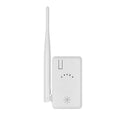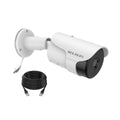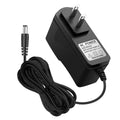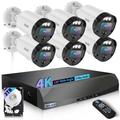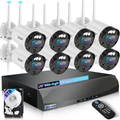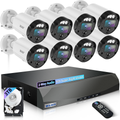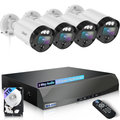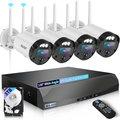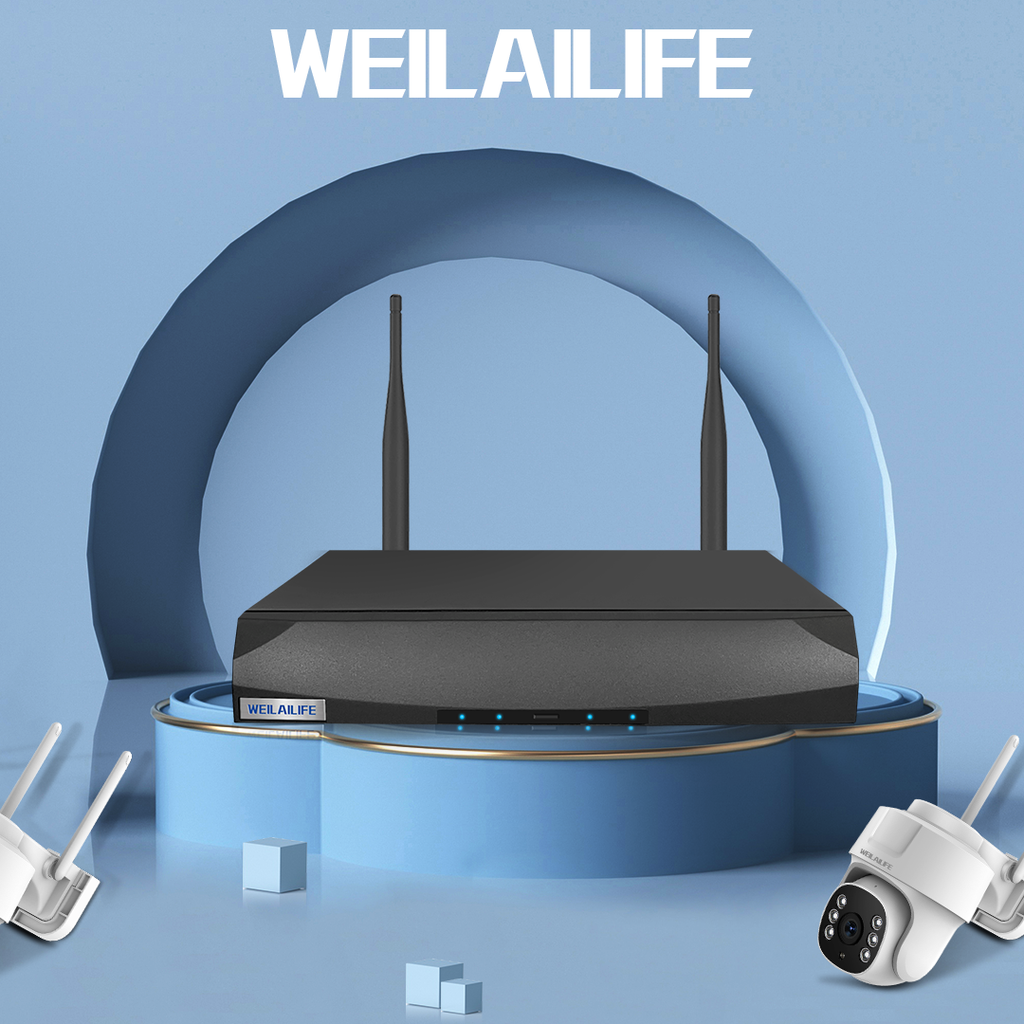Six Techniques for Testing Surveillance Cameras - An WEILAILIFE Perspective
Introduction:
As a leading brand in the surveillance device industry, WEILAILIFE is committed to delivering high-quality and reliable products to our customers. To ensure the performance and effectiveness of our surveillance cameras, we conduct comprehensive testing using six key techniques. These techniques help us assess various parameters, such as clarity, color reproduction, illumination, backlight compensation, spherical distortion, and power consumption. In this article, we will explore these techniques from the perspective of the WEILAILIFE brand.
Clarity Measurement:
To evaluate the clarity of our surveillance cameras, we use identical lenses (preferably fixed or varifocal lenses) and a test card. We then measure the number of vertical and horizontal lines displayed on the monitor to determine the vertical and horizontal clarity, respectively. The higher the line count, the better the clarity. By using different lenses and focusing distances, we can assess how our cameras perform under various conditions.
Color Reproduction Test:
For color reproduction testing, we use high-quality color monitors. We observe objects and clothing from different distances to check for color distortion. Comparing color reproduction against color charts, we evaluate the camera's sensitivity to color changes. We also test the camera's response to moving color objects and analyze color trailing or blurring. Testing is performed under controlled lighting conditions.
Illumination Assessment:
To measure illumination, we place our surveillance cameras in a dark room with adjustable light sources (220V incandescent lamps) equipped with a voltage regulator. We vary the voltage from 0V to 250V to adjust the light intensity in the room. The camera's aperture is set to its maximum, and we record the minimum illumination level required to capture a visible image. We also assess the camera's performance when the aperture is set to its minimum.
Backlight Compensation:
To evaluate backlight compensation, we have two testing methods. In a dark room, we turn on the front-facing light source and adjust it to the brightest setting. Then, we place a picture or drawing beneath the camera and assess if the image is clear and non-glare. We also test the AL (Auto Level) and AX (Auto Exposure) modes to determine the best result. Alternatively, we test the camera outdoors under abundant sunlight, observing if the image remains visible when pointing the camera towards the window.
Spherical Distortion:
To check for spherical distortion, we position a test card in front of the surveillance camera to display a complete sphere on the screen. We inspect the sphere for any elliptical shape, magnification at the center, and distortion at the edges and corners.
Power Consumption:
To measure power consumption, we use a multimeter to record the current while adjusting the voltage with a small stabilizer. This allows us to determine the lowest operating voltage of our surveillance cameras.
Conclusion:
As the WEILAILIFE brand, we place the utmost importance on the quality and performance of our surveillance camera systems. By employing these six testing techniques, we can ensure that our products meet the highest standards, providing our customers with reliable, efficient, and top-of-the-line security solutions for their homes and businesses.
As a leading brand in the surveillance device industry, WEILAILIFE is committed to delivering high-quality and reliable products to our customers. To ensure the performance and effectiveness of our surveillance cameras, we conduct comprehensive testing using six key techniques. These techniques help us assess various parameters, such as clarity, color reproduction, illumination, backlight compensation, spherical distortion, and power consumption. In this article, we will explore these techniques from the perspective of the WEILAILIFE brand.
Clarity Measurement:
To evaluate the clarity of our surveillance cameras, we use identical lenses (preferably fixed or varifocal lenses) and a test card. We then measure the number of vertical and horizontal lines displayed on the monitor to determine the vertical and horizontal clarity, respectively. The higher the line count, the better the clarity. By using different lenses and focusing distances, we can assess how our cameras perform under various conditions.
Color Reproduction Test:
For color reproduction testing, we use high-quality color monitors. We observe objects and clothing from different distances to check for color distortion. Comparing color reproduction against color charts, we evaluate the camera's sensitivity to color changes. We also test the camera's response to moving color objects and analyze color trailing or blurring. Testing is performed under controlled lighting conditions.
Illumination Assessment:
To measure illumination, we place our surveillance cameras in a dark room with adjustable light sources (220V incandescent lamps) equipped with a voltage regulator. We vary the voltage from 0V to 250V to adjust the light intensity in the room. The camera's aperture is set to its maximum, and we record the minimum illumination level required to capture a visible image. We also assess the camera's performance when the aperture is set to its minimum.
Backlight Compensation:
To evaluate backlight compensation, we have two testing methods. In a dark room, we turn on the front-facing light source and adjust it to the brightest setting. Then, we place a picture or drawing beneath the camera and assess if the image is clear and non-glare. We also test the AL (Auto Level) and AX (Auto Exposure) modes to determine the best result. Alternatively, we test the camera outdoors under abundant sunlight, observing if the image remains visible when pointing the camera towards the window.
Spherical Distortion:
To check for spherical distortion, we position a test card in front of the surveillance camera to display a complete sphere on the screen. We inspect the sphere for any elliptical shape, magnification at the center, and distortion at the edges and corners.
Power Consumption:
To measure power consumption, we use a multimeter to record the current while adjusting the voltage with a small stabilizer. This allows us to determine the lowest operating voltage of our surveillance cameras.
Conclusion:
As the WEILAILIFE brand, we place the utmost importance on the quality and performance of our surveillance camera systems. By employing these six testing techniques, we can ensure that our products meet the highest standards, providing our customers with reliable, efficient, and top-of-the-line security solutions for their homes and businesses.
